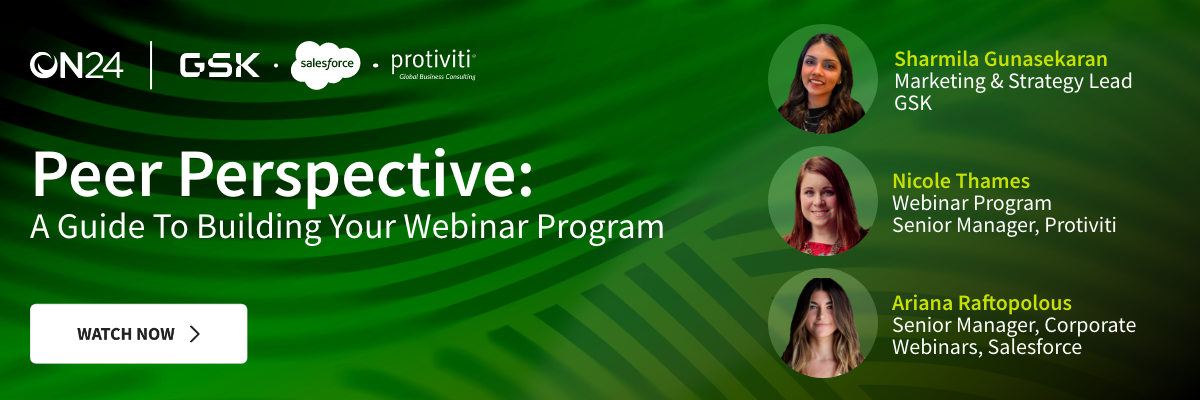How to Do B2B Lead Generation – 5 Effective Strategies

If you ever find yourself contemplating how to do B2B lead generation but aren’t sure which strategy is right for your business, you’ve come to the right place.
B2B lead generation is a crucial process for businesses trying to attract and convert prospects into qualified leads. When done right, it provides the backbone of your sales pipeline and fuels business growth.
In this guide, we’ll explore five effective B2B lead generation strategies. From inbound email marketing to paid advertising on social media and search platforms, these strategies are proven to work in the B2B space and are even more powerful when combined strategically.
1. Content Marketing and SEO

First on our list is content marketing for B2B lead generation. When combined with search engine optimization (SEO), content marketing helps you attract leads organically by answering potential prospects’ search queries.
Successful strategies rely on creating content valuable to your target audience and properly optimized to be visible to search engine users. Here’s how you can achieve both.
Creating Valuable Content
Valuable content serves your audience’s needs, addresses their challenges and is delivered engagingly. In B2B lead generation, valuable content often takes the form of blogs, whitepapers and case studies that educate and inform on relevant topics.
By targeting your ideal customer profile (ICP) with this kind of educational content, you can draw in high-quality leads and continue to nurture them through the sales funnel by positioning yourself as a trusted resource.
Optimizing for Search Engines
Getting your content to appear on search engine results pages (SERPs) can take time but is a worthy investment. Not only does it widen your pool of potential prospects, but it also means you’re exposed to prospects who are actively engaging with your niche, producing higher-quality leads.
Optimizing for search engines involves the following steps:
-
- Carry out keyword research to identify what your audience is searching for
- Include relevant keywords in your page titles, headers and main body content
- Create a logical internal linking structure across your website to improve user experience and help search engines understand how content pieces relate
SEO isn’t just for written content — the same principles apply when optimizing video or podcast content. To increase visibility, include keywords in your headings, descriptions and transcripts.
2. Leveraging LinkedIn for Lead Generation

Leveraging LinkedIn, the world’s largest professional network, is one of the most valuable strategies for generating high-quality B2B leads. Using organic and paid techniques, you can connect with a vast audience of business decision-makers and start conversations that lead to sales.
Building a Strong LinkedIn Presence
LinkedIn lead generation begins with building optimized, active and engaging business page. Be clear about your business offering so that viewers can quickly understand what you offer and use relevant keywords to improve your visibility through the platform’s search feature.
Keep your page active by posting regularly, sharing helpful content and interacting with other posts and industry discussions. Doing this can increase your visibility among potential prospects and push your posts up your audience’s LinkedIn feed.
Another effective tactic is for sales reps, marketers and business owners to use their profiles to reach prospects. This adds a human touch that potential leads find easier to engage with.
Using LinkedIn Ads
LinkedIn Ads is a paid marketing tool that allows you to run targeted ad campaigns. By reaching out to decision-makers within companies that could benefit from your products or services, you can leverage the power of outbound marketing to increase lead volume.
LinkedIn offers various ad formats to help you achieve different goals. Sponsored content appears in your target audience’s feed, while sponsored messages are delivered directly to the inbox of profiles that match your targeting criteria.
The key to creating successful LinkedIn Ads lead generation campaigns lies in precision targeting and well-crafted messaging. You should:
-
- target decision-makers who might find genuine value in your offering
- highlight how your products or services can address common pain points
- make sure your messaging comes across as authentic without any overly salesy language.
3. Email Marketing for Lead Nurturing

Email marketing is a traditional B2B lead generation strategy that remains one of the most effective channels for nurturing leads and driving conversions. Through highly targeted, automated email campaigns, you can deliver relevant and timely messages that turn prospects into leads and leads into customers.
Personalizing Email Campaigns
Modern email marketing uses a tailored approach to generate B2B leads. Gone are the large mailing lists of the past and in their place are personalized, considered messages that appear in your prospect inboxes at precisely the right point.
By tailoring email content and send schedules to your prospect needs and preferences, you can increase open rates, improve engagement metrics and, ultimately, drive more leads.
Segmenting your audience based on shared interests, firmographic data and stage in the buying journey will help you do this successfully. You can also offer tailored promotions to encourage progression through the sales funnel.
Automated Follow-Up Sequences
Automated email sequences are a proven way to generate new leads and nurture existing ones throughout the sales funnel. By sending relevant email content at appropriate moments, you can follow up with prospects at different stages of the buyer journey and proactively meet their needs.
The process can be automated by setting up triggered emails sent gradually over time when a prospect completes a particular action. Using webinar attendance as our example action, here’s what a follow-up email sequence might look like:
- Email 1: thank you for attending and provide links to useful resources (i.e., relevant blog posts).
- Email 2: highlight features of your product or service that address the issues discussed in the webinar.
- Email 3: reinforce key features and provide customer success stories/case studies.
- Email 4: include an introductory offer and clear call-to-action (CTA).
4. Paid Advertising (PPC)

Platforms like LinkedIn Ads and Google Ads allow you to use PPC, or pay-per-click advertising, for B2B lead generation. In PPC, you only pay for the clicks your ad receives, making it a cost-effective solution for generating leads.
We’ve already discussed advertising via LinkedIn, so this section will focus on how you can use Google Ads to generate new leads.
Running Targeted Campaigns
Much like SEO content, Google Ads campaigns target search users with relevant intent. But rather than optimizing your content to appear organically on the SERP, you bid for your ad to appear via an automated real-time auction.
The first step involves finding relevant keywords to target based on your ideal buyer persona. The second step involves creating compelling ad copy — pay attention to your offering and how it aligns with the search term.
Once your campaign goes live, you can adjust your targeting criteria, bidding strategy and ad copy to optimize performance and increase lead quality.
Retargeting Strategies
When a potential customer visits your website or engages with your business online but doesn’t convert, it’s not the end of the road. Prospects who have already shown an interest in your services are prime for further nurturing, which is where retargeting campaigns come in.
Using tracking technology like cookies, pixels, or even a simple email address, you can re-promote your business to existing audiences across the vast Google Display Network and draw them back into the sales funnel.
5. Using Webinars and Virtual Events

Hosting webinars or virtual events is a great way to showcase thought leadership and provide value to engaged audiences, helping to generate high-quality B2B leads.
Engaging with Decision-Makers
Webinars allow you to engage directly with the decision-makers who have a say in whether their business buys your product or service. By demonstrating your expertise and offering attendees the chance to ask their questions, you can form trust and credibility, positioning yourself as a valuable resource.
Webinar engagement data lets you see how decision-makers responded to different webinar elements, providing deeper insights into their interest in your offering. Using this data, you can qualify potential leads and learn how to improve future webinars to enhance lead generation.
Post-Webinar Lead Follow-Up
Following up with attendees after the webinar is the key to maximizing lead generation. To encourage prospects to move further down the sales funnel, you can send personalized email sequences, offer additional resources and ask for feedback.
The period following a webinar is one of the times when prospects feel most connected to your brand. This is the ideal moment to capitalize on interest by offering attendees one-on-one consultations to discuss needs. By providing this level of attention and value, you can build strong relationships and generate leads with high potential to become long-term customers.
Conclusion
B2B lead generation is a multifaceted process that often requires combining multiple strategies to achieve the best results. Through a mix of inbound and outbound marketing, you can attract, nurture and convert prospects into qualified leads.
The five strategies discussed in this blog – content marketing and SEO, LinkedIn marketing, email marketing, PPC advertising and webinars – each have unique strengths. Experimenting with a mix of different strategies will help you find which one works best for your business.
Specialist tools like ON24’s Intelligent Engagement Platform make executing B2B lead generation strategies that combine various techniques easy. You can create engaging webinars, deliver personalized content experiences and leverage data-driven insights to build a robust lead generation pipeline.

